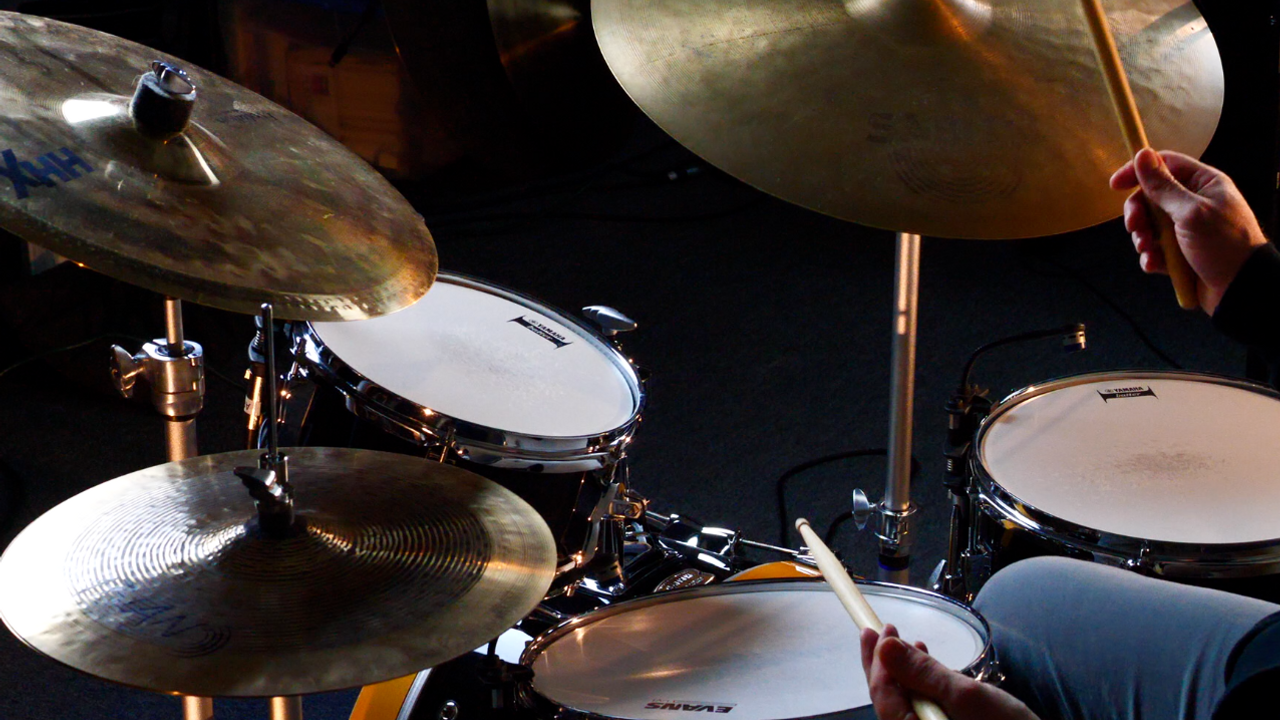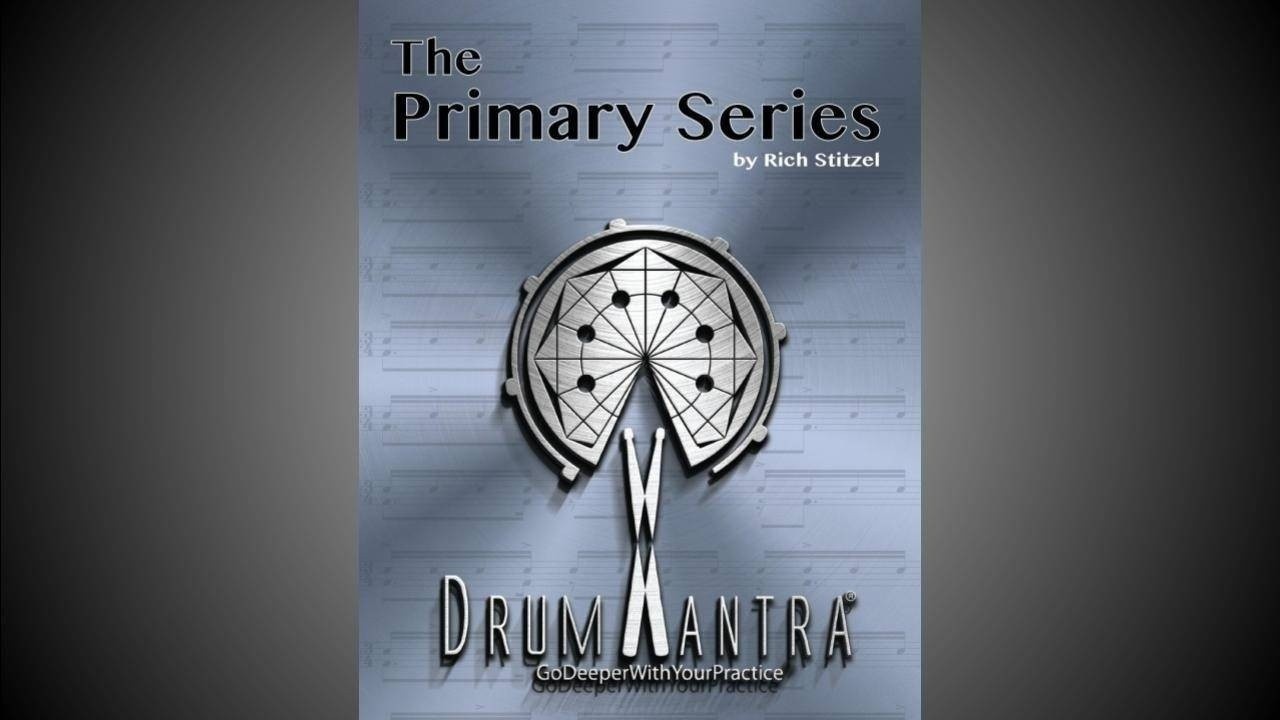Left Foot Independence Exercise Series
🥁 Left Foot Independence Homework Breakdown
This exercise is designed to develop greater control and independence of your left foot (hi-hat pedal) while maintaining a steady groove with your hands and right foot. The goal is to be able to play consistent grooves while introducing various left foot patterns without compromising timing, coordination, or feel.
🎯 Primary Focus: The Left Foot
Your left foot is the main area of development in this exercise. The idea is to cycle through different hi-hat foot patterns (permutations) while keeping a steady groove with the rest of the limbs.
🔁 Groove Ostinato (The Constant Groove Layer)
This pattern should be maintained throughout the entire exercise:
-
Right Hand (Ride Cymbal): 8th notes (1 & 2 & 3 & 4 &)
-
Right Foot (Bass Drum): Beats 1 and 3
-
Left Hand (Snare Drum): Backbeats on 2 and 4
This forms a classic, steady groove framework over which the left foot permutations will be layered.
🦶 Hi-Hat (Left Foot) Pe...
The Foundational Series Book

“If you’re seeking serious practice, Rich Stitzel’s DrumMantra courses and books are for you. You’ll gain the focus and concentration needed for any gig and other life areas. You’ll also gain a greater command of reading, technique, coordination, relaxation, and breathing. Rich’s method is a literal drum meditation practice that teaches you the journey's importance, not just the destination. I’ve practiced his method and can’t recommend it enough.”
-Mark Walker
Author, World Jazz Drumming
Arturo Sandoval, Boston Pops, Berklee College of Music
8x Grammy Winner
Align your mind and body in this experiential drumming journey with exercises that will challenge, inform, and inspire how you think and play.
Rich Stitzel, Creator of the DrumMantra Practice System, shares his method for sharpening your concept of time, fine-tuning your accuracy, improving your pulse awareness, enhancing your knowledge of time signatures, deepening your coordination, and informing your understandi
...We Have Your New Year's Resolution Covered

Every year around this time WE ALL start thinking about how we're going to make the new year even better. You may even start to make lists:
- Practice smarter.
- Get more gigs.
- Get better gigs.
- Play more sessions.
- Yoga.
- Drink more water.
- Eat healthier.
- Take walks.
- Less time on social media.
I'm sure your list probably looks like mine. No matter where you are on your journey, there are always things you can do better, more efficiently, and more effectively.
I have spent the past decade creating a practice system that will provide you ample opportunity to work on material that will absolutely make you a better musician - regardless of what level you are at currently.
DrumMantra is all about practice. It's about practicing things that improve your time, reading, coordination, polymetric awareness, phrasing, and groove.
DrumMantra is also about developing mental skills like concentration, patience, awareness, and understanding.
I personally invite you to join us on a journey...
The Primary Series Practice Sessions!

On January 30, 2021, we began a weekly online practice session based on the first book in the DrumMantra collection, The Foundational Series. I devised a way for it to take 26 hour-long sessions to go through the book in its entirety. We are currently on Week 17 of the second round right now - but anyone can jump in at any point because PRACTICE IS PRACTICE.
For several years the students in the DrumMantra Lesson Vault have been asking me to either create another course like the 3030 or a practice session for my second book, The Primary Series.
Whereas the Foundational Series has three sections, the Primary Series has eleven, making it a bit more challenging to figure out how to present the material in a linear fashion that is cohesive and logical.
I finally sat down a few weeks ago and started mapping it all out, putting pages in order, creating play-alongs, etc. in preparation for what is now the THIRD live weekly practice session that we are now doing at DrumMantra.
I'm thrille...
Episode 58
Last week we talked about inspiration and how it's not necessarily the most important thing for getting down to business. Of course, we love inspiration. It puts us in a space where we can create, where we have extra energy that we can focus on making something happen — getting down to work, really getting down to business. But inspiration is not always readily available.
Sometimes we have a day where we want to procrastinate and not do anything. Those are the days that we talked about last week, where we have to get down to the practice room and do anything. Not something from your list, not something from your books, not something from what you've been working on, but just sitting down and playing. Just sit down and play. You are mindlessly playing.
And in that act, things will start to come back. Things begin to develop into a structure again. So sometimes it's good just to leave the structure behind and be free and play. But when you're playing, you w
...75% of drummers do not have a focused practice routine.

75% of drummers do not have a clear, consistent, and effective practice routine.


Some other questions we asked besides practice time, and routine was what they most wanted to improve, and what their biggest hang-ups were in the practice room. The answers were almost unanimous.
Despite wanting to improve time, feel, reading, coordination, and technique, almost everyone admitted to a lack of focus, discipline, concentration, and organization.
Becoming great at something is a mental game as much as a physical one. Training the body to be able to play certain things is only part of the equation. The more significant aspect of the equation, really, is the mental game of concentration, focus, and...

